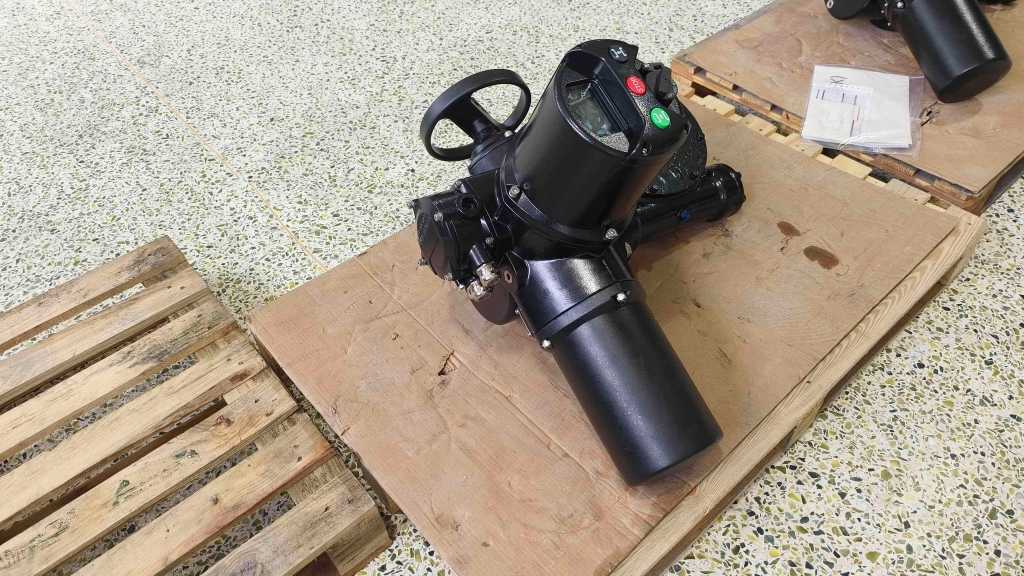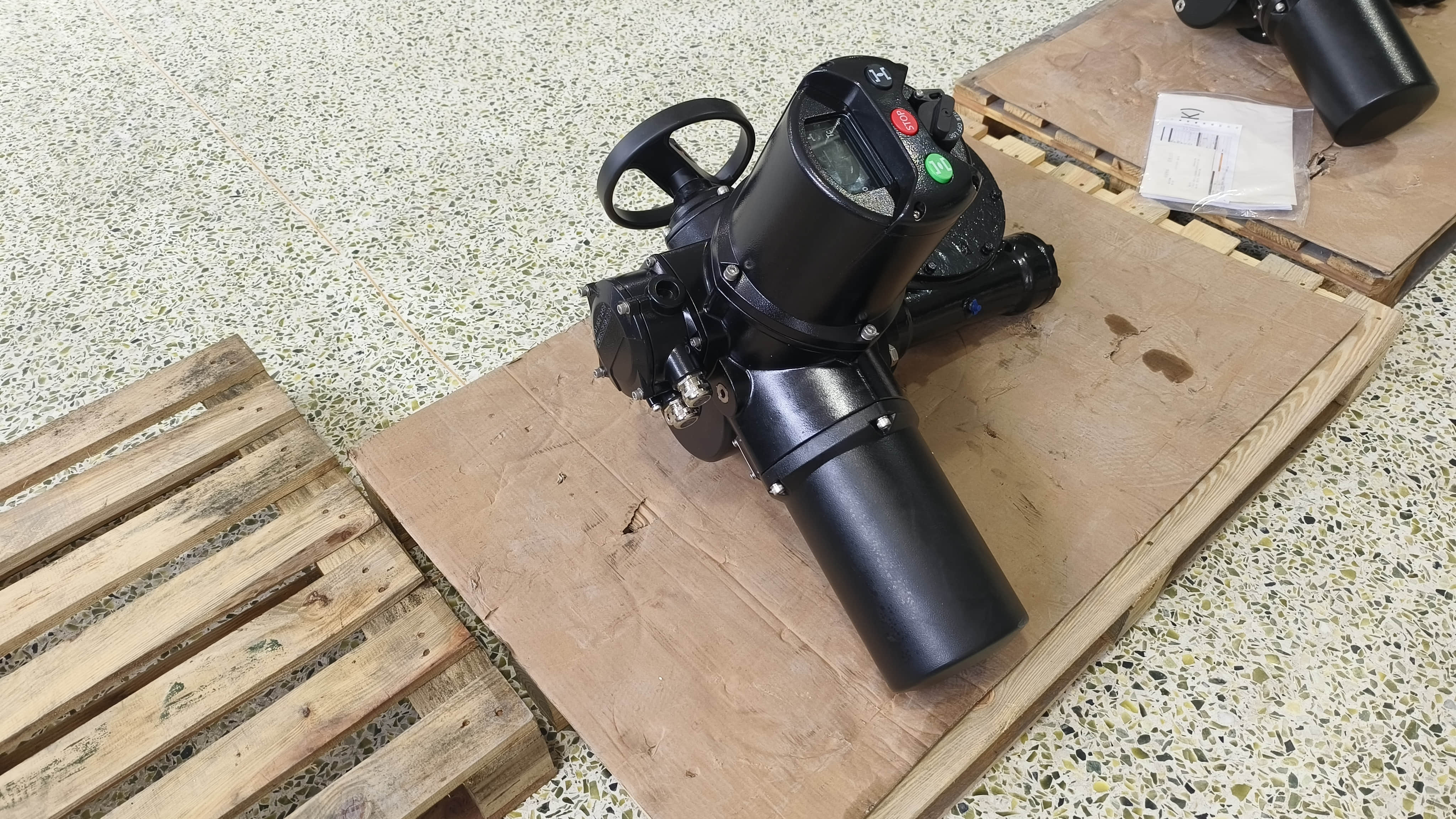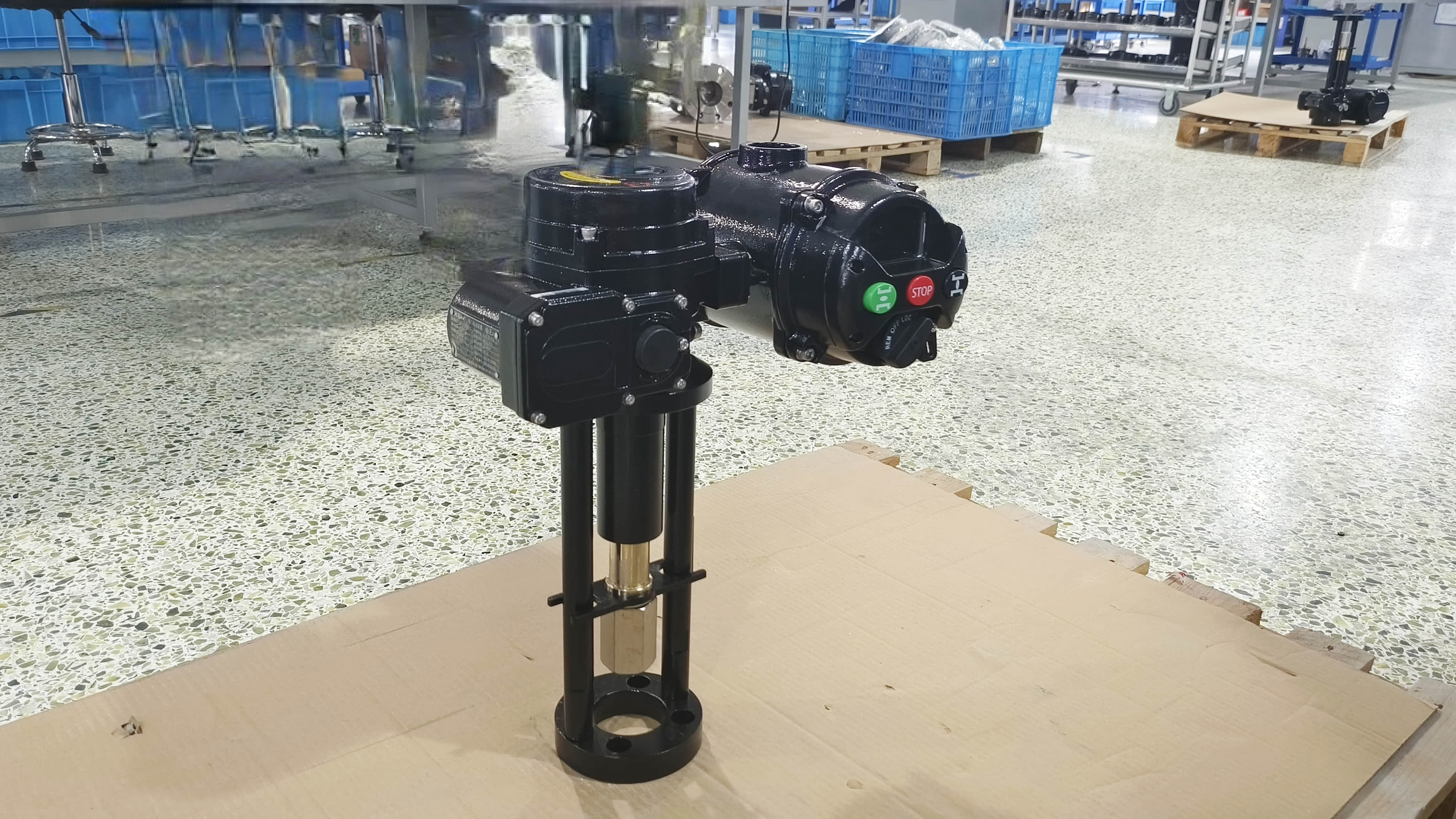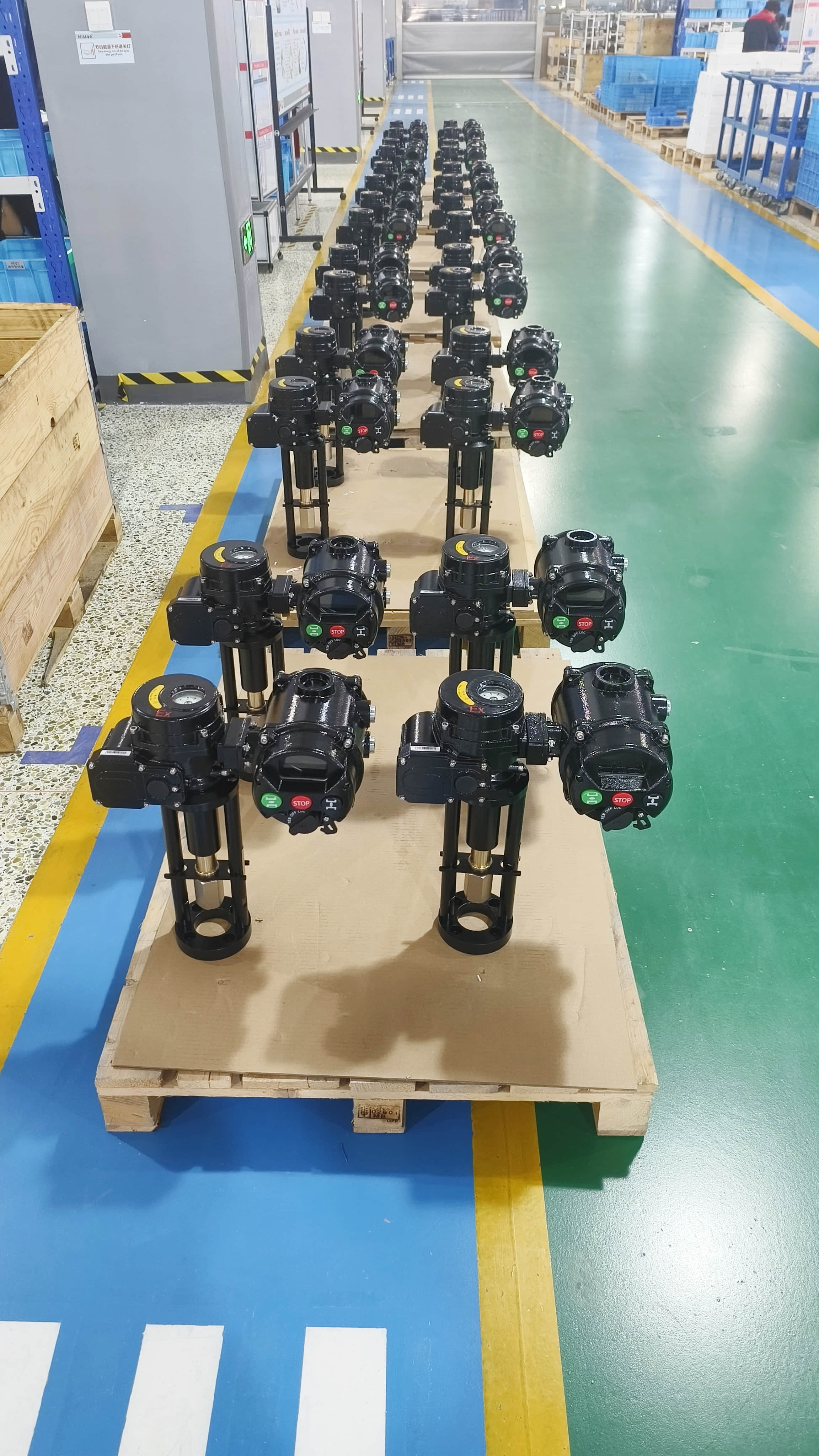
In today’s rapidly advancing technological landscape, automation is the cornerstone of industrial efficiency and precision. One of the key components driving this innovation is the Intelligent Integrated Actuator (IIA). This device has emerged as a game-changer, offering advanced functionalities by combining traditional actuation mechanisms with intelligent features such as sensors, control systems, and communication interfaces. This article will delve into the significance, working principles, applications, and future potential of Intelligent Integrated Actuators.

What is an Intelligent Integrated Actuator?

An Intelligent Integrated Actuator is a compact device that integrates an actuator with intelligent features, such as sensors, microcontrollers, and communication capabilities, into a single unit. Traditional actuators, such as motors, pneumatic cylinders, or hydraulic pistons, convert energy into motion. While they perform mechanical functions effectively, they lack the ability to adapt to varying conditions or communicate with other systems. Intelligent Integrated Actuators, on the other hand, are designed to offer both mechanical actuation and the capability to sense environmental conditions, self-diagnose, and communicate with central control systems in real time.

This integration of intelligence and actuation creates a more responsive, efficient, and versatile solution. By combining multiple functions into one device, IIAs reduce system complexity and enhance overall performance.

Working Principles of Intelligent Integrated Actuators

